Scientists at Stanford University and Fermilab are ready to introduce the world to the 100-meter-tall MAGIS-100 instrument.
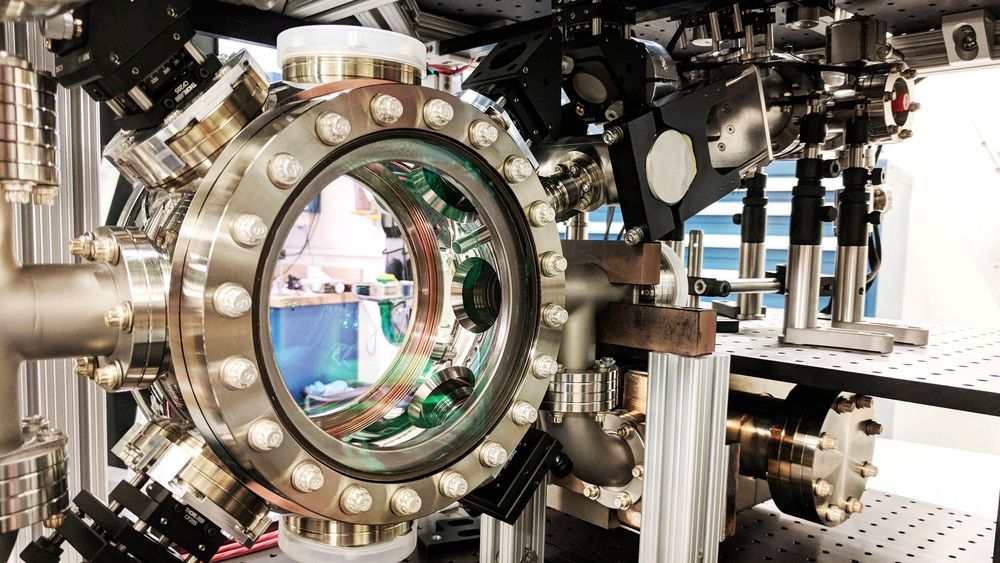

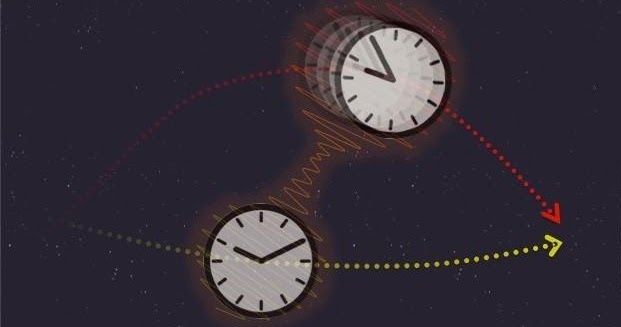
More accurate clocks and sensors may result from a recently proposed experiment, linking an Einstein-devised paradox to quantum mechanics. University of Queensland physicist Dr Magdalena Zych said the international collaboration aimed to test Einstein’s twin paradox using quantum particles in a ‘superposition’ state.
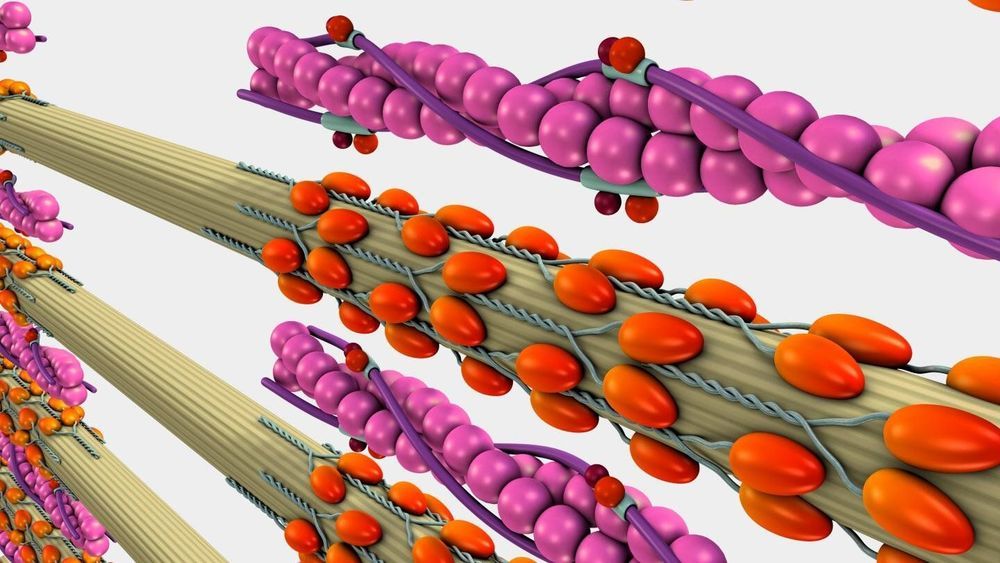
In an effort to make robots more effective and versatile teammates for Soldiers in combat, Army researchers are on a mission to understand the value of the molecular living functionality of muscle, and the fundamental mechanics that would need to be replicated in order to artificially achieve the capabilities arising from the proteins responsible for muscle contraction.
Bionanomotors, like myosins that move along actin networks, are responsible for most methods of motion in all life forms. Thus, the development of artificial nanomotors could be game-changing in the field of robotics research.
Researchers from the U.S. Army Combat Capabilities Development Command’s Army Research Laboratory have been looking to identify a design that would allow the artificial nanomotor to take advantage of Brownian motion, the property of particles to agitatedly move simply because they are warm.
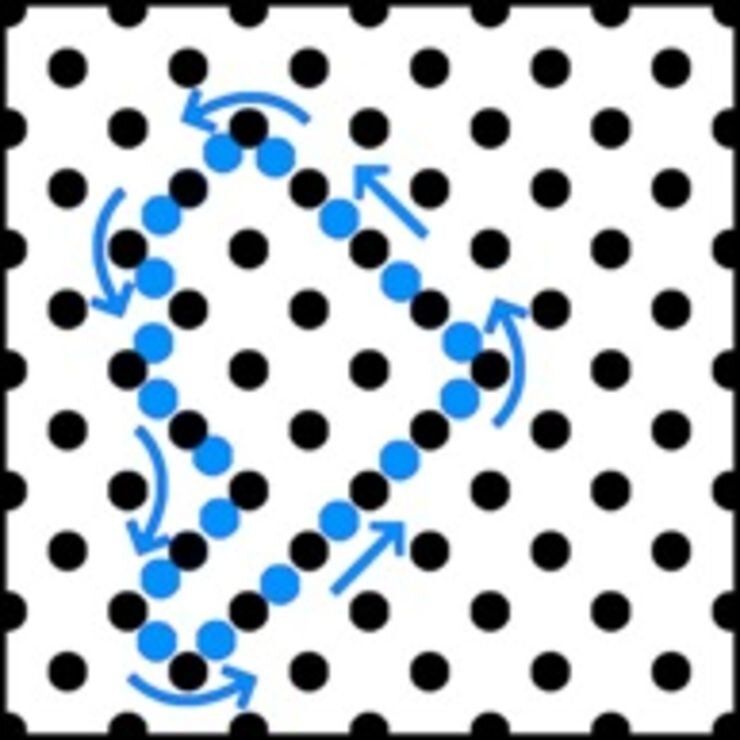
A phenomenon that has previously been seen when researchers simulate the properties of planet cores at extreme pressures has now also been observed in pure titanium at atmospheric pressure. Chains of atoms dash around at lightning speeds inside the solid material.
“The phenomenon we have discovered changes the way we think about mass transport in metals. It explains properties of metals that we have, until now, not been able to understand. It’s too early to say what this means in practical terms, but the more we know about how materials function in different conditions, the better possibilities we have to develop materials with new or improved properties,” says Davide Sangiovanni, researcher in the Division of Theoretical Physics at LIU and principal author of an article that has been published in Physical Review Letters.
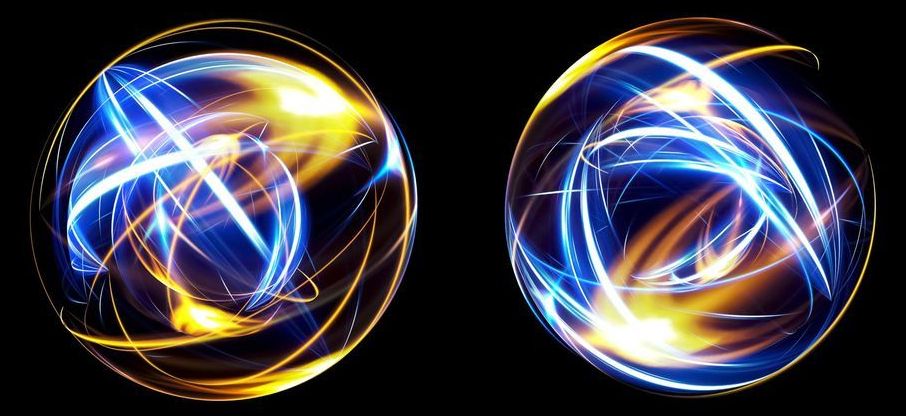
In response to the utter inadequacy of materialism to account for the mind, several philosophers have suggested panpsychism as a solution to the mind–body problem. Perhaps, they argue, all matter is inherently conscious but more primitive aggregates of matter may only have primitive consciousness. From that perspective, humans are very conscious and electrons are maybe just a little bit conscious.
Philosopher Philip Goff:
The panpsychist offers an alternative research programme: Rather than trying to account for consciousness in terms of utterly non-conscious elements, try to explain the complex consciousness of humans and other animals in terms of simpler forms of consciousness which are postulated to exist in simpler forms of matter, such as atoms or their sub-atomic components. This research project is still in its infancy. But a number of leading neuroscientists, such as Christof Koch and Giulio Tononi, are now finding that working within a panpsychist framework bears fruit. The more fruit is borne by this alternative research programme, the more reason we have to accept panpsychism.

For several years now, physicists at the European Organisation for Nuclear Research (CERN) have been running a landmark experiment, recording tens of billions of particles break apart in the hopes of catching a few oddballs. And they finally have some intriguing results to share.
This experiment, called NA62, has researchers building and destroying pairs of quarks called kaons, looking for examples of a one-in-10 billion event that could verify some of the predictions of the Standard Model of particle physics. Last year they found one. Now they’ve added another possible two.
The findings were presented at a recent CERN Seminar and were based on data collected in 2017; ten times the amount of data harvested the previous year.


New research from North Carolina State University shows that unique materials with distinct properties akin to those of gecko feet—the ability to stick to just about any surface—can be created by harnessing liquid-driven chaos to produce soft polymer microparticles with hierarchical branching on the micro- and nanoscale.
The findings, described in the journal Nature Materials, hold the potential for advances in gels, pastes, foods, nonwovens and coatings, among other formulations.
The soft dendritic particle materials with unique adhesive and structure-building properties can be created from a variety of polymers precipitated from solutions under special conditions, says Orlin Velev, S. Frank and Doris Culberson Distinguished Professor of Chemical and Biomolecular Engineering at NC State and corresponding author of the paper.
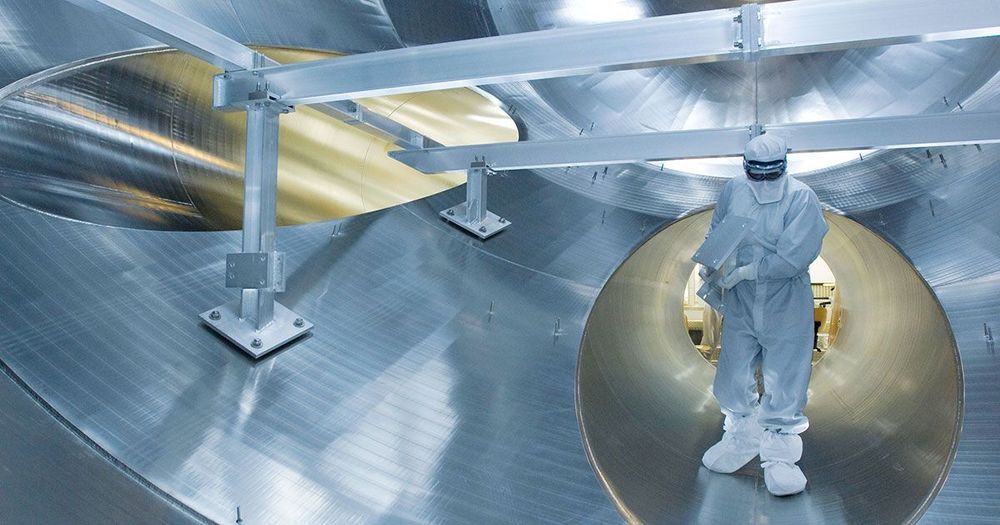
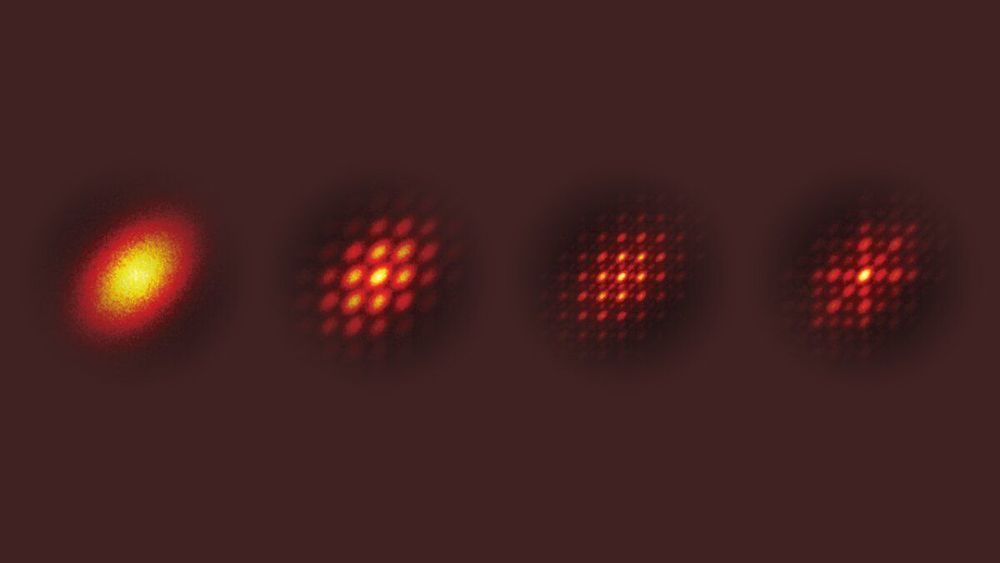
The smallest pieces of nature—individual particles like electrons, for instance—are pretty much interchangeable. An electron is an electron is an electron, regardless of whether it’s stuck in a lab on Earth, bound to an atom in some chalky moon dust or shot out of an extragalactic black hole in a superheated jet. In practice, though, differences in energy, motion or location can make it easy to tell two electrons apart.
One way to test for the similarity of particles like electrons is to bring them together at the same time and place and look for interference—a quantum effect that arises when particles (which can also behave like waves) meet. This interference is important for everything from fundamental tests of quantum physics to the speedy calculations of quantum computers, but creating it requires exquisite control over particles that are indistinguishable.
With an eye toward easing these requirements, researchers at the Joint Quantum Institute (JQI) and the Joint Center for Quantum Information and Computer Science (QuICS) have stretched out multiple photons—the quantum particles of light—and turned three distinct pulses into overlapping quantum waves. The work, which was published recently in the journal Physical Review Letters, restores the interference between photons and may eventually enable a demonstration of a particular kind of quantum supremacy—a clear speed advantage for computers that run on the rules of quantum physics.